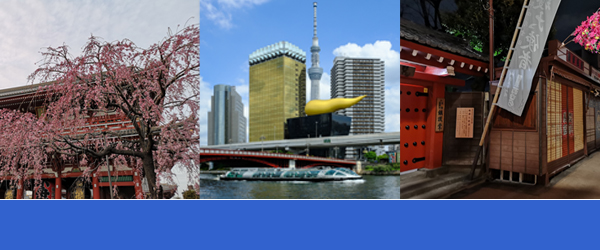Maid cafe, which is a cafe with waitresses dressed in cute maid costumes, is well known in Japanese culture. Cat cafes, dog cafes and manga cafes…there are many kinds of cafes in Japan. However, these are cafes that are all about appearance. If you want to know more about the Japanese coffee shop (Kissa-ten) culture about not looks but taste, this article will lead you to another world. 🗾
First, if Japanese people are asked what is the most famous menu item in a Japanese coffee shop, 99% of people will answer ”Neapolitan pasta”(Naporitan in Japanese)
However, why is “Naporitan” famous?
Here is the history of “Naporitan”.🍅
The origin of Naporitan is an interesting example of how culinary influences can evolve and adapt over time. Here’s a brief overview of its origin and history:
- Introduction and Development: Neapolitan pasta is believed to have been created in Japan around the mid-20th century, particularly in the post-World War II era when Japan was experiencing an influx of Western foods and influences. 🚢 It was likely inspired by Italian pasta dishes but adapted to suit Japanese tastes and ingredients available at the time.
- Ingredients and Preparation: Neapolitan pasta typically consists of spaghetti sautéed with onions, bell peppers, sausage, and ketchup. 🍅This combination of ingredients may seem unusual from an Italian perspective, as it incorporates elements not commonly found in traditional Italian pasta dishes. The use of ketchup in particular gives the dish its distinct sweet and tangy flavor, which appeals to Japanese palates.🥄
- Naming and Popularization: The name “Neapolitan” does not directly refer to Naples or Neapolitan cuisine.👨 It is thought to have been chosen for its foreign or exotic appeal, typical of many Western-inspired dishes introduced to Japan during that period. Neapolitan pasta quickly gained popularity in Japan as a casual, comfort food dish commonly found in Western-style cafes (kissaten) and family restaurants.
- Cultural Significance: Over the decades, Neapolitan pasta has become ingrained in Japanese culinary culture as a nostalgic dish evoking memories of post-war reconstruction and Japan’s modernization. It continues to be a popular menu item in various eateries across Japan, enjoyed by people of all ages.🗾
In essence, Naporitan exemplifies how foreign culinary influences can be creatively adapted and integrated into local cuisine, resulting in a dish that is distinctly Japanese yet influenced by Western origins. Its continued popularity underscores its place in the broader tapestry of Japanese food culture. However some foreigners think Naporitan is disgusting because of the unusual mix of ketchup and pasta, and oiliness.🍅
However, this coffee shop’s Naporitan will change the view.
Yuairo Asakusa
This shop makes us nostalgic. Orange lumps, stend grass, many Japanese books… Everything warms our hearts. Furthermore, Naporitan is marvelous.

Naporitan
Bright orange, green pepper, this is Naporitan!
Once you take a bite, the mild acidity and umami of the tomatoes, marrying with the oil.
Thick noodles are used for this Neapolitan, it makes us more satisfied.
In addition, there is powder cheese, so you can enjoy Napolitan twice.

+α FrenchFrench toast
Even though this article is about Naporitan, I want to recommend “French toast”.
French toast is also a popular menu item in Japanese coffee shops. Eggs, sugars, milk, butter, and bread in a rectangular shape are ingredients and offered with whipped cream and honey in Japan. Especially this shop’s french toast, melting. Once you put it into your mouth, you feel a soft blanket touch your tongue spreading the sweet sugar and egg’s taste.

〇Open
6:30 am ~ 8 pm
〇Place
2F, 1-29-3 Asakusa, Taito-ku, Tokyo 111-0032, Japan
https://maps.app.goo.gl/PtWpB7U5emmtMQSw8
You went through the journey of Naporitan as Napoleon crossed Europe in battles.
Naporitan is a Japanese coffee shop’s culture, and loved by many Japanese.
If you see the menu, and find “Naporitan”, don’t frown, let’s try it !🍅








